-
Posts
54 -
Joined
-
Last visited
-
Days Won
1
Content Type
Profiles
Forums
Blogs
Gallery
Events
Store
Posts posted by Egyptian Zogist
-
-
On 12/11/2017 at 17:37, oamotme said:
Owain,
What are the two medals in the bottom row with the Green-White and Green ribbons with King Farouk's portrait? I don't think I've seen them before. Beautiful collection by the way!
0 -
I just remembered that I have an issue of a bilingual Arabic-English magazine for modern Egyptian history enthusiasts that discussed the orders, decorations, and medals of the monarchy era. Here is the section on the order of Ismail, I apologize for the quality of the photos.
The source given for the information is the "Royal Protocols, Abdine Palace, 1952". I'm not sure if the illustrations are from the Royal Protocols book or if they were from the manufacturer (Maison Bichay in Cairo). Let me know if you'd like to see the other decorations in the magazine, I'll try to take better quality photos of the pages.
1 -
Just a small correction, Khedive Ismail was King Farouk's grandfather, directly. His father Sultan (later King) Fouad was Khedive Ismail's seventh son. Fouad succeeded his brother Hussein Kamel as sultan in 1917.
1 -
The central inscription simply says ISMAIL "اسماعيل" in a very stylized calligraphic script. The order was named after Khedive Ismail I, also known as Ismail the Magnificent who ruled Egypt from 1863 to 1879 and is created with building a large portion of "modern" Cairo, as well as other modernization projects. He once famously stated "My country is no longer in Africa, but has become a piece of Europe".
1 -
Hope this is relevant, and of interest to you:
A khedivate era judge's badge, along with the Order of the British Empire, the Egyptian Order of the Nile and the Ottoman Order of the Medjidie.
Here are the positions that the badge's owner occupied:
"Alexander Cockburn McBarnet son of Lt.-Col. A.C. McBarnet 79th Highlanders, Born: 6th December 1867, educated at Fettes College, Edinburgh and Balliol College, Oxford. Barrister-at-Law, Inner Temple. Judge of First Instance Assiout, Egypt 1906; Judge Native Court of Appeal, Egypt 1913; Legal Member Permanent Arbitration Board, Egypt 1914; Lt-Col. (Temp and Local) Major-general Shear’s Southern Punitive Force, Egypt, 1919; Palins Special Commission to Palestine, 1920; President Permanent Arbitration Board, Egypt, 1920; Special Arbitrator between H.M. War Office and Egyptian State Railways, 1922.
Died: Egypt 5th February 1934."1 -
5 minutes ago, ChrisW said:
Ancient Egyptian influence on modern Egyptian military insignia -- that would be an interesting topic, Egyptian Zogist! And good job coming up with three examples so quickly. There are some Army and Air Force unit emblems with ancient Egyptian motifs, and on officers' caps, where most countries have "scrambled eggs" (gold oak leaves) on the brim, the Egyptians have gold lotus blossoms. I may start a separate thread on this topic! Thanks for the inspiration.
I hope I haven't strayed too far from the topic of this post, but the monarchy era air force pilots' wings at one point featured a pair of palm fronds instead of regular wings, so while not ancient Egyptian per se, still a local take on a foreign design.
0 -
I zoomed in on the original picture on Flickr, and the inscription appears to be the same as the title given for the medal on the Library of Alexandria's page, with the addition of four words I can't make out, though I think the second one might possibly be "بمناسبة" "On the Occasion of...". On the bottom is the date, from left to right
"يوم الثلاثاء" "Tuesday (literally 'the third day' [of the week, as per Arab reckoning])
the numeral 12 or 13, I can't really tell, though more likely 13
(EDIT: According to a calendar I found online, Tuesday, Muharram 1328 was the 13th, so the inscription does in fact say 13)
"محرم" "Muharram" (the first month of the year in the Islamic calendar, and the one following the month of "Dhu al-Hijjah" [last month of the previous year] during which the Hajj pilgrimage to Mecca takes place, which would fit in with the Khedive travelling there)
The year 1328 AH (1910 AD), which means that Khedive would have participated in the Hajj pilgrimage 1327 AH (1909 AD). Beneath the numerals for the year is the 'shorthand' (I guess would be the most appropriate word) symbol for the word "سنة" "Year" .
Hope that helps!
1 -
The only modern Egyptian military insignia I can think of that use ancient Egyptian imagery (besides lotus flower wreaths), is the badge for the signal corps (featuring a winged "sun-disk"), the emblem of the staff college (a crowned Horus falcon), and the border guards (a "King Tut" mask). This is a piece of costume jewelry as Chris mentioned, I'd say.
0 -
On 8/24/2017 at 01:16, Rusty Greaves said:
The text in Arabic to the left of each image just has information about the actual image. Here's what it says:
Details
Source: Library of Alexandria
Topics: Government Badges [could also be translated a bit more accurately as 'state insignia'
Key Words (General): Medal, Commemorative Medals, Commemorative Medal
Hope that helps!
Also the title of the image is "الاحتفال بعيد جلوس الخديوي و العودة من الأقطار الحجازية" "Celebration of the Anniversary of the Khedive's Enthronement and The Return from the Hejazi Territories", which would appear to be the event commemorated by the medal.
1 -
On 7/26/2017 at 20:58, oamotme said:
Nick,
The obverse has Gamal Abdulnasser of Egypt and I suspect it is one of the many souvenir or memento medals issued during the 1950s and 1960s. I can't read the obverse script other than the last word which is 'the nation'.
Kind regards,
Owain
The reverse says " عاشت كل يدٍ تبني حجراً في صرح الوطن", "Long live every hand that builds a stone in the edifice of the nation" which a quick Google search indicates appears to be a Nasserist motto.
The flag is the pre-1958 one with a crescent and three stars, so hopefully that helps date the item.
0 -
Here are some uniforms from a booklet entitled "The Military Museum and the History of the Egyptian Army", published by the Ministry of Defense in the 1980s I believe.
The booklet captions this as "Soldier's uniforms in the reigns of both Kings Fouad and Farouk". The writing is too small to see, but I recognize some of these from other sources. The first two uniforms, second row, are cavalry (probably winter olive-green and summer khaki versions). I've seen them in newsreels of the period. The first two in the third row are border guards, who wore a distinctive "Sudanese"-style uniform.
These two models are supposed to be from the era of King Fouad (1917 - 1936). I believe the placards on the bottom identify the one on the left as a lewa'a (لواء Major General) and the one of the right as a molazim awwal (ملازم أول First Lieutenant).
These uniforms are captioned incorrectly as being from the reign of Mohamed Aly Pasha (1805 - 1848). They are from much later, in the late 19th century to early 20th century. I've seen photographs of officers wearing similar uniforms in the 1930s through 1950s, and if I'm not mistaken, they are the dress uniforms for officers of the Royal Guard Infantry (Royal Guard Cavalry uniforms were white in the summer, blue/red in winter, both with plastron fronts).
These uniforms are in closed off sections of the Military Museum. I've tried to look as hard as I could through the glass doors last time I visited, and saw a few things I recognized but I couldn't read the labels. Hopefully the next time I go there they'll have opened up these rooms to visitors.
1 -
10 hours ago, oamotme said:
Chris ,
I visited the BA in February and whilst I can confirm that it is well worth a visit if you are in Alexandria, there is no medal display or exhibit. There are a few medals on display at the National Museum and also at the Jewellery Museum but the displays of themselves would not justify a visit to Alexandria.
Kind regards,
Owain
Owain,
Did you find anything there that was militaria or vexillology related at all? I'd like to go the B.A. but those are pretty much the only topics I'd be interested in finding books or documents about. There is an entire room of orders, medals and decorations in the ِAbdeen Palace museum complex. If I get a chance to go I'll try to take pictures. There are also watercolors (I think that's what they are) of Egyptian military uniforms of the monarchy period.
Picture of the orders and medals section, from http://www.cairo.gov.eg
0 -
Hello everyone.
I found this very beautiful item online. The Royal Household Order, from the former Kingdom of Hawaii.
It was sold for $23,000 at Goldberg Auctioneers.
*(I realize there was an older thread concerning the Kingdom of Hawaii, but I see that it was asking about medals specifically, not orders. I hope my creating a new thread is alright with the forum admins. Let me know if it's not!)*
0 -
Do you think it might be related to Afghanistan's Order of the Durrani Empire? It's the only other order I've seen whose design includes a cross with an Arabic (or to be precise a language using Arabic script) inscription.
Images from Christopher Buyer's Royal Ark site (https://www.royalark.net/Afghanistan/orders.htm) :
0 -
It's from Sudan. The obverse features the Sudanese coat of arms
.gif)
and the word Duty ("الواجب" 'el wajib"). The reverse says the Democratic Republic of Sudan ("جمهورية السودان الديمقراطية" 'Jumhuriyat el Sudan el Dimoqratiya').
It would appear to be the Medal of Duty, as shown here with ribbon:
Picture of medal from http://www.globalsecurity.org/military/world/sudan/awards.htm
Coat of arms from http://www.crwflags.com/fotw/flags/sd).html
0 -
4 hours ago, oamotme said:
Dear Angelok,
This is the 'Medal of Evacuation' awarded to all serving during the evacuation of foreign (British) forces from Sudan.
Kind regards,
Owain
I noticed it also has a lowered Egyptian flag (on the right side). I don't know how I feel about that!

 0
0 -
On 3/2/2017 at 12:28, paul wood said:
Ahmed, welcome to GMIC
It is the Hussein al Kamil issue 1917-22, no clasp, which means that he did not participate in any of the campaigns in as a combatant. Is the piece unnamed or does it have Arabic numerals on the edge?
Paul
The cypher on that medal is actually Fouad I (فؤاد الأول) who succeeded his brother Hussein Kamil as sultan in 1917, later becoming King after the end of the British protectorate over Egypt in 1922.
0 -
This is the Tunisian Order of Glory (Nichan el Iftikhar) from the reign of Ahmed II, Bey of Tunis, who ruled from 1929 to 1942. From what I understand, this order bore the cypher of the ruler whose reign it was issued in. Here examples of what each ruler's cypher looked like: http://www.emering.com/medals/img/tunisia/Cyphers2.jpg
The cypher says "AHMAD BEY" (أحمد باي).
This example appears to be missing the enamel. Maybe it's some sort of trial cast? Interesting find!
Here's an older post I found on this forum that has some more information about this order, hope it's helpful!
http://gmic.co.uk/topic/34641-medal-nichan-iftikhar-ou-nichan-al-iftikhar/
0 -
On 11/21/2016 at 22:31, Rusty Greaves said:
" On the shield is engraved in Arabic " Law is the foundation of justice."
Another very nice piece! I've actually seen one of these before in the royal collections museum in the Abdine Palace complex.
The inscription is actually "العدل أساس الملك" meaning "justice is the foundation of kingship/governance". This motto is still seen today in courts in Egypt, whether on judges' benches or as architectural decor in court rooms. Here it is, below the scales/sword of justice design:
Always looking forward to seeing more posts!
Here is a very nice portrait of a judge wearing this badge. I haven't been able to identify the subject of the portrait, though.
I also think the design is influenced by the coat of arms of Louis-Philippe's so-called 'July Monarchy' in France (1830 - 1848), note the 'tablet of law' and the 'main de justice'.
(image from www.heraldica.org)
1 -
14 hours ago, Rusty Greaves said:
The information on the die description you found is also quite intersting. Does the identified the anniversary year of 1907 in that description square with what you can read?
Well, according to The Royal Ark [http://www.royalark.net/ an amazing resource on non-European (with the exception of Albania) ruling dynasties incl. orders and decorations], the Khedive Abbas Hilmi II was "Installed at the Citadel, Cairo, 26th March 1892". The date on the medal is 12 (or 13, I can't see the numeral clearly) Muharram, 1325. According to a Hegira/Gregorian date converter I found online, 13 Muharram 1325 is 26th February 1907. So, a month's difference. Oddly, though, the anniversary date appears to have been based on the Gregorian date of the khedive's enthronement (or close enough to it), but the Hegira equivalent (of the date of the anniversary in 1907) is what is inscribed on the medal.
1 -
Hello!
That is a very interesting piece you've got there! The Hejaz (الحجاز) is the western (Red Sea) coast of what is today Saudi Arabia. It is the location of the holy cities of Mecca and Medina, and is the destination of those participating in the Muslim "Hajj" pilgrimage. Here is a lithograph (I think?) of the Khedive Abbas Helmy II arriving at Medina and being received by the Ottoman authorities. While Egypt did have a hereditary ruler at the time, it was nominally a province of the Ottoman Empire, as was the Hejaz. The reverse of the medal shows the Mohammed Aly Mosque, located in the medieval citadel of Cairo. This iconic mosque was built by Mohammed Aly Pasha, the founder of the dynasty of the khedives, and later Kings Fouad and Farouk. I can barely make out a few words from the inscription of the bottom of the medal, but I see it says "الاحتفال بعيد جلوس الخديوي" that is, "the celebration of the anniversary of the Khedive's enthronement" and a couple of words I can't make out, and finally "العودة من الأقطار الحجازية" the return from the Hejazian lands/regions. The date is at the bottom, but unfortunately I can't make out the year, but the rest of it says Tuesday 13th (or 12th I can't tell) Muharram. The year would then, obviously, be the Hegira date, not AD. Very beautiful piece! Sorry I couldn't be of more help.
EDIT:
I found the actual dies for this medal being sold, according to that site " Pair of indeterminate iron embossing dies with high relief . The front shows the ruler in an ornamental frame with landmark Egypt ( Sphinx and pyramids ). The reverse presents a view of a Mosque ( Mohammed Ali Mosque in Cairo ) within an ornamental frame , above Horus falcon , bottom two lines of Arabic script. The front bears the signature "S. G. un ". The back is called the year 1325 AH ( = 1907 AD ) in the inscription. Weight : 1.45 kg and 1.65 kg, Diameter : 78.26 mm and 78.80 mm . "
http://www.worthpoint.com/worthopedia/ottoman-egypt-medal-die-abbas-hilmi-138509049
Also, hope this isn't too off topic, but I found a rather interesting bookplate that appears to have belonged to Pierre Crabites and his wife Charlotte:
Source: http://bookplatejunkie.blogspot.com.eg/2014/04/this-week-in-bookplates-april-13th-2014.html
1 -
It says "Forsan el Jaww" (فرسان الجو) "Knights of the Air". Sorry I can't garner any more information from it!
0 -
I vaguely remember seeing a medal of this same "order". I will try to dig it up again and post it. I remember it had this same "amateur" Arabic script.
Found it!
1 -
5 hours ago, Megan said:
I also got sent these images to identify, but haven't as yet come up with anything either.
Here's a close-up of the order's centre for you, Owain:
I think it says 'Kingdom of Libya' in the centre with the royal arms, then something about 'the nation is the source of power' above and 'The People's Senate' below... not that written Arabic is my strong point!
The top says "الأمة مصدر السلطات" "The Nation is the Source of Authority", which is a phrase seen in many Arab constitutions, and was one of the slogans of Egypt's pro-independence Wafd Party.
The lower half says "مجلس الشيوخ" "Senate", literally the Council of 'Shiekh's but I believe in the sense of elders, not Arab/tribal shiekhs. This is the translation used when referring to the United States Senate, as well as current and former Senates in various Arab countries.
0



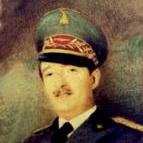
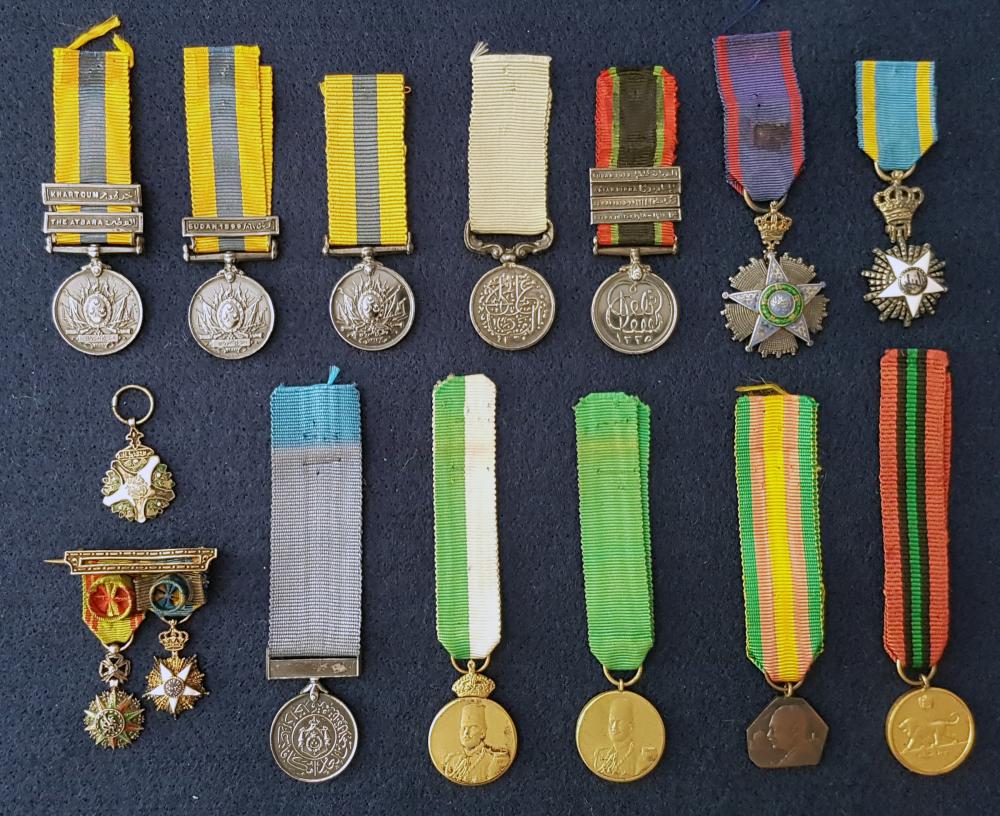
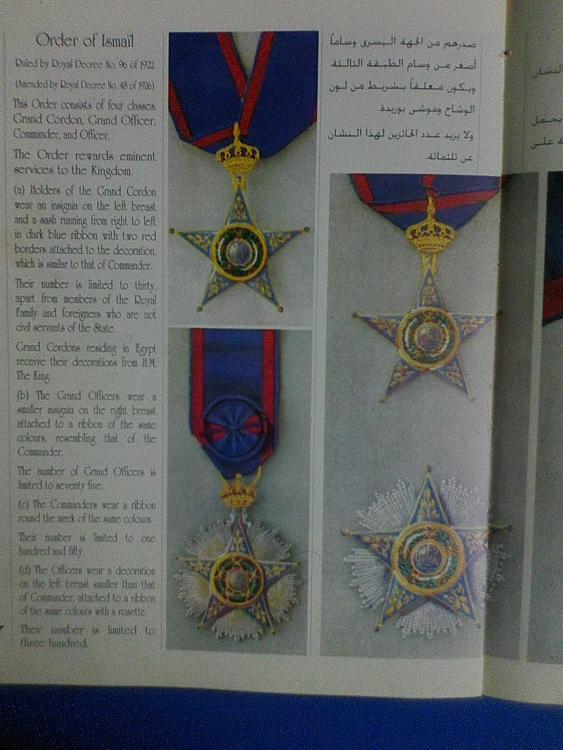
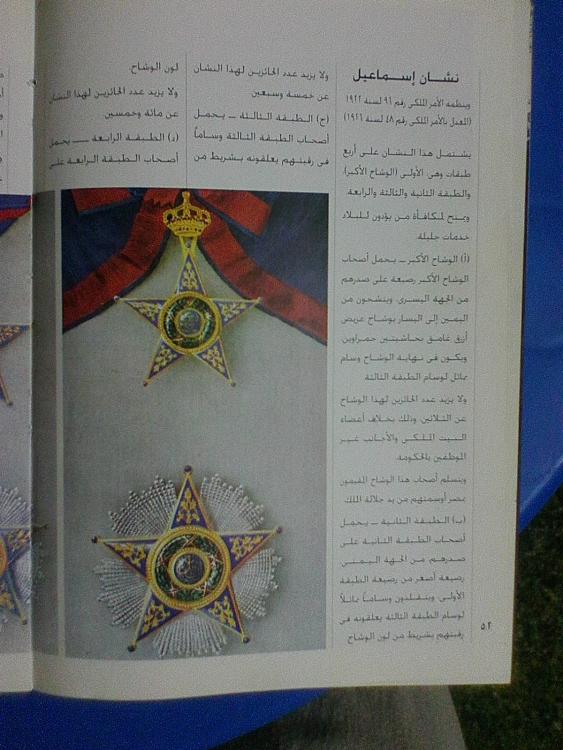
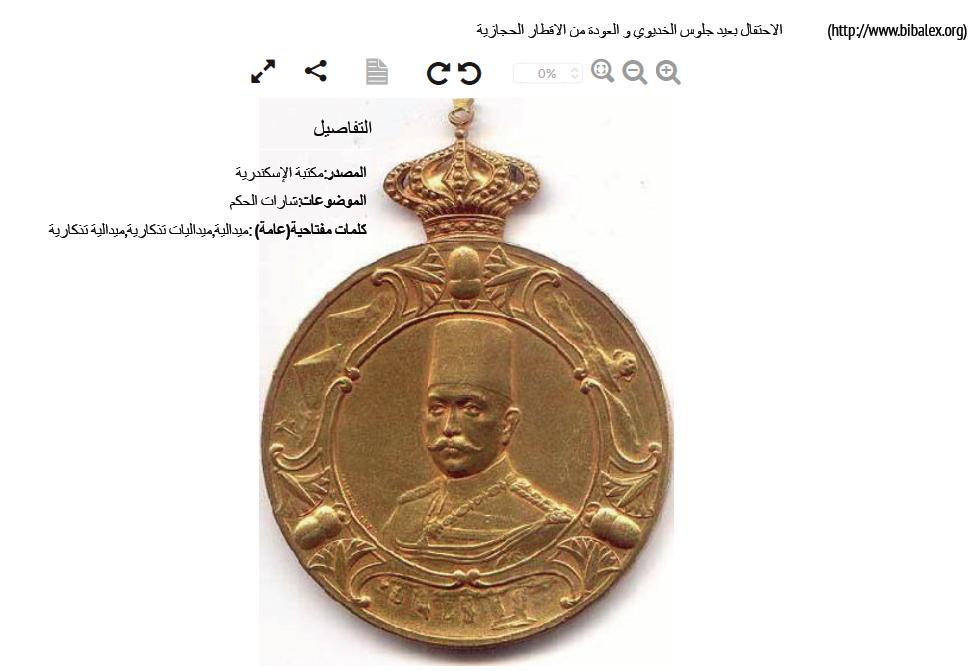
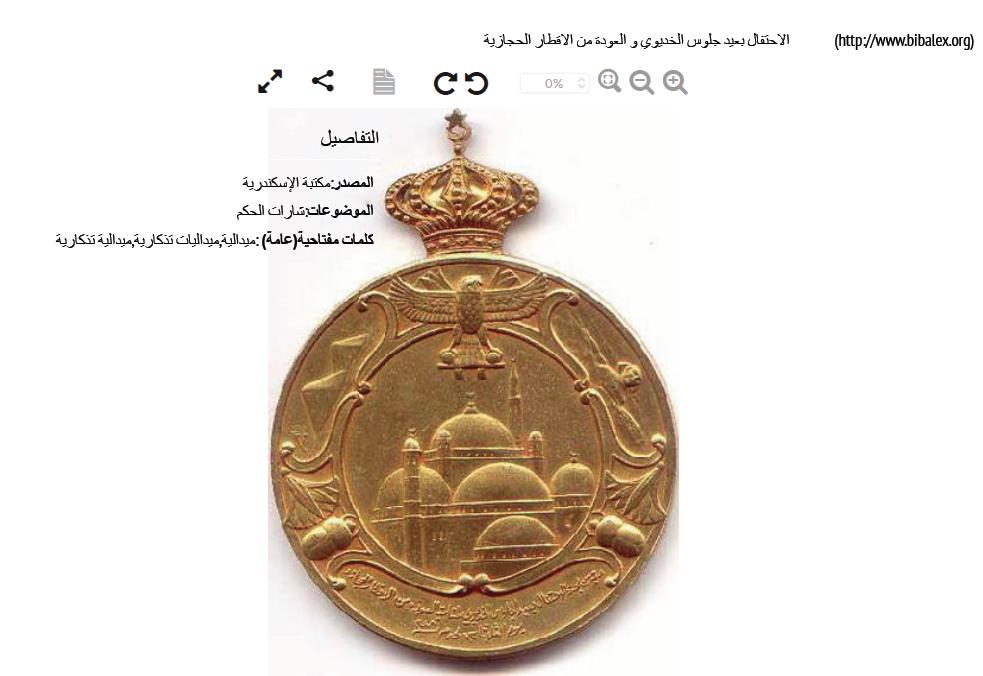
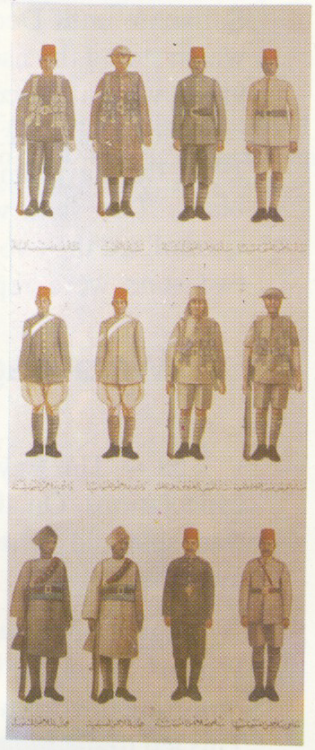

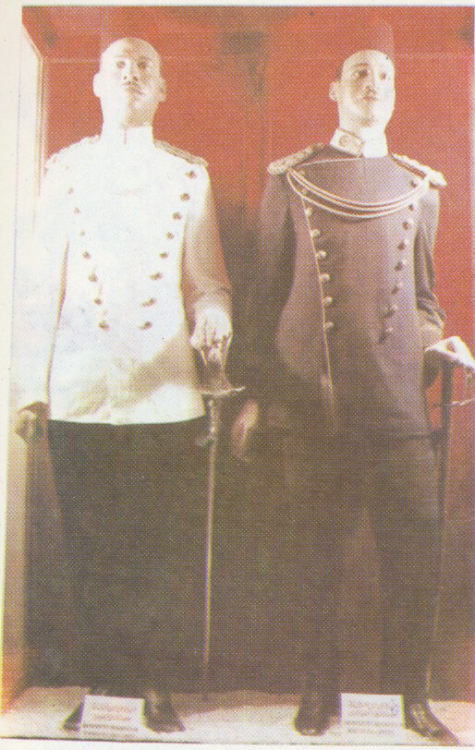

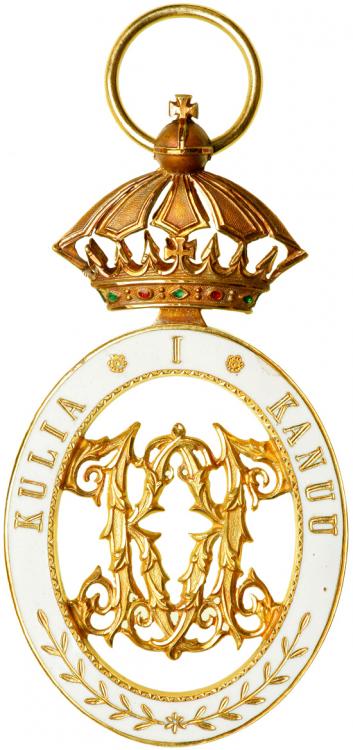

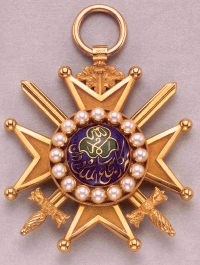
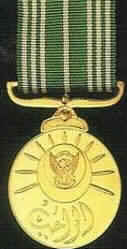
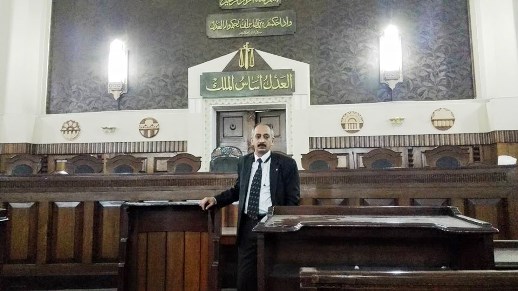
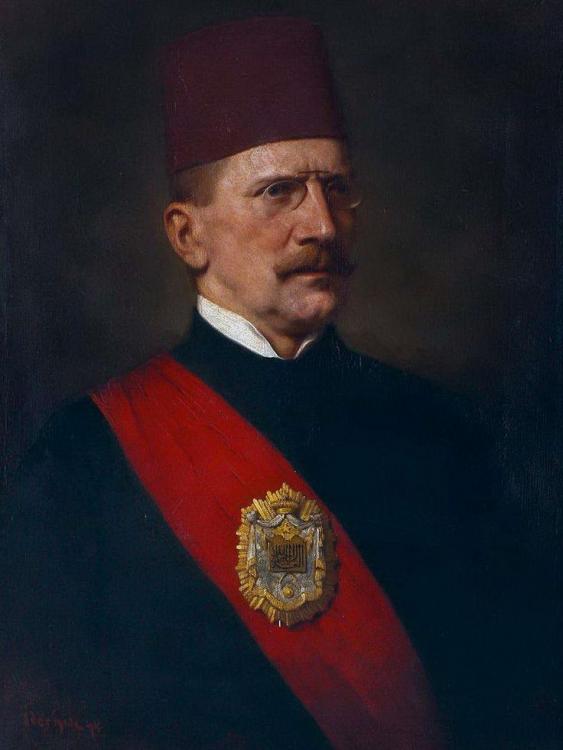


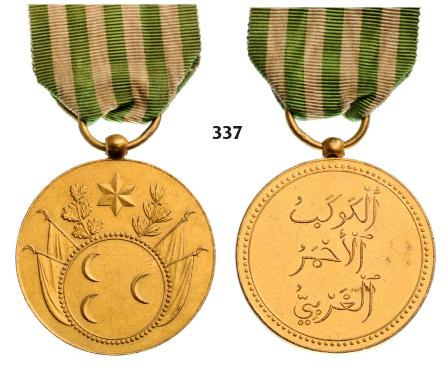
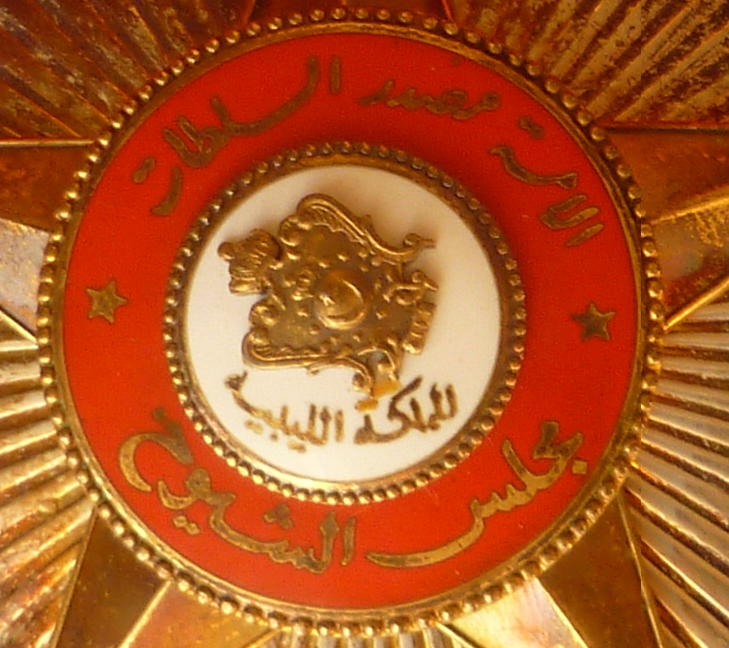
ARAB MEDALS -- Syria
in Middle East & Arab States
Posted
I'm not sure if these stamps are actually issued by the Syrian government, or if they're just souvenirs. The Arabic text says "السورية" "The Syrian" instead of "سورية" "Syria". Using Google's reverse image search, I found the seller on eBay selling these, and a lot of the stamps he sells don't appear to be real. A lot of them appear to be pro-Syria "memes" from Twitter printed on perforated stamp sheets. One of the items he sells, a set of Haitian stamps featuring Chile's Pinochet is listed by the Haiti Philatelic Society as being falsely issued and reported by Haitian authorities to the UPU.